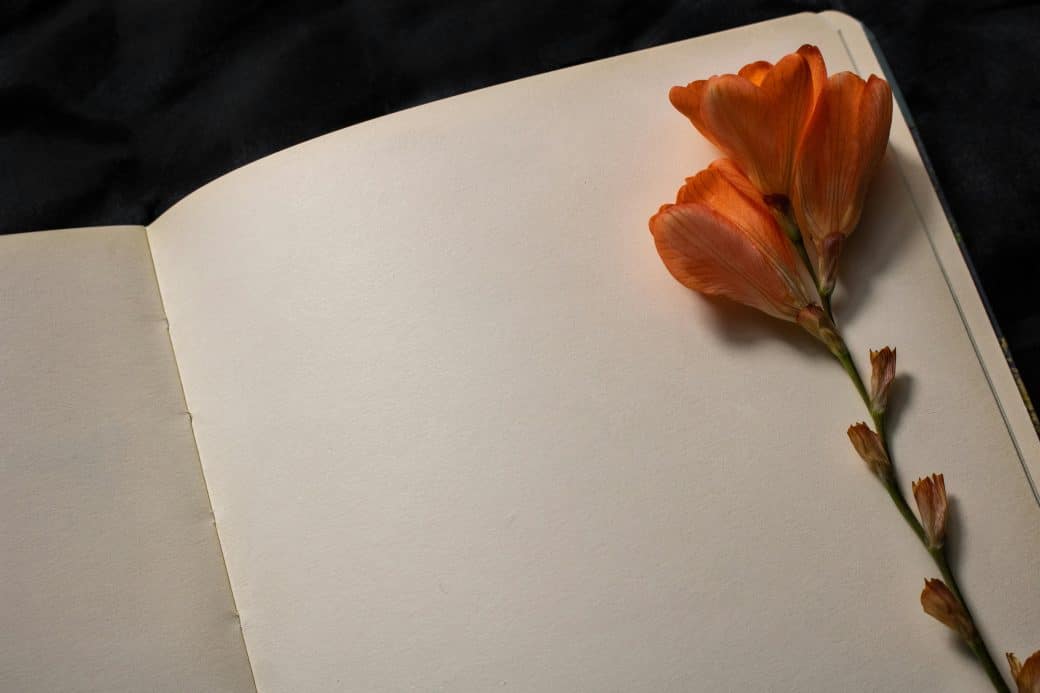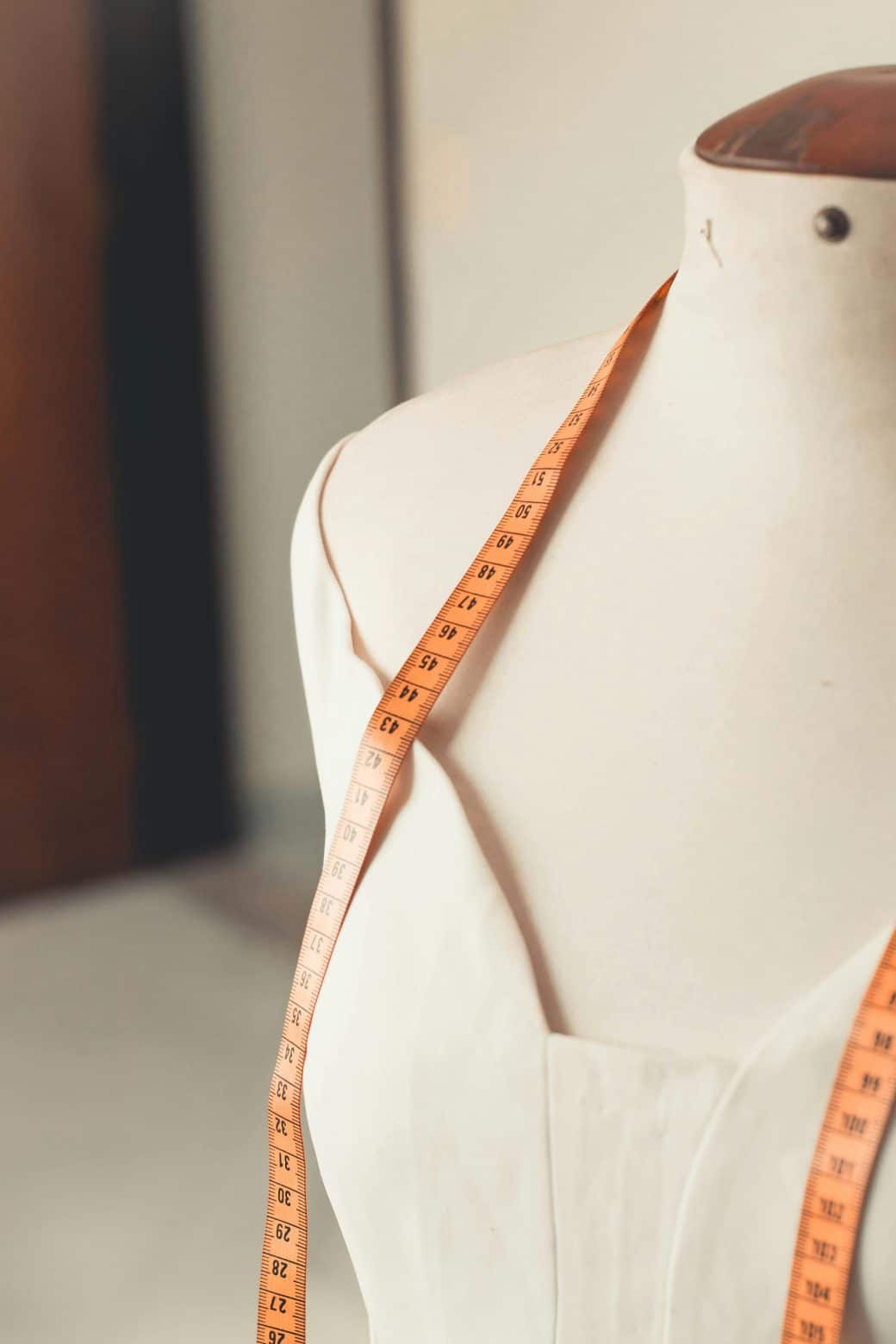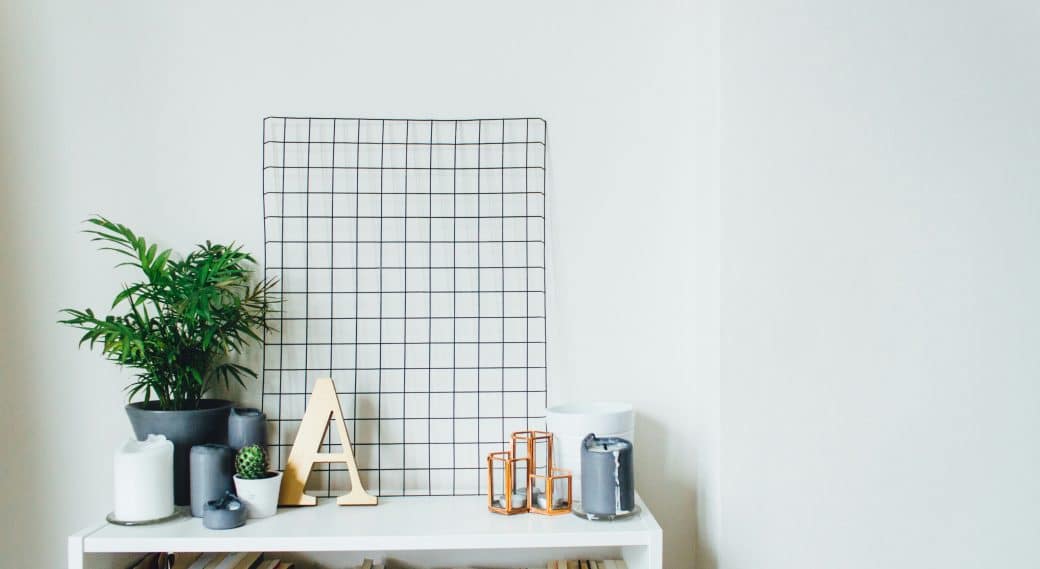So, you’ve decided to give crocheting a try? That’s fantastic! Crocheting isn’t just about creating something beautiful; it’s a wonderful way to unwind and let your creativity flow. As a beginner, it can feel a bit overwhelming, with all the stitches, patterns, and yarn choices out there. But fear not! I’ve been down that road, and I’m excited to share some top crocheting tips that helped me move from clumsy loops to crafting pieces I’m truly proud of. These tips are designed to ease your journey into crocheting, making it more enjoyable and less frustrating. By keeping these pointers in mind, you’ll not only improve your skills but also find your own creative voice in the wonderful world of crochet.

Understanding the Basics of Crochet
Embarking on the crochet journey is an exciting time, filled with possibilities and the promise of handmade treasures. To set off on the right foot, understanding the basics of crochet is essential. It lays the foundation for everything that follows.
Familiarize yourself with crochet terminology
Crochet comes with its own language, a collection of abbreviations and terms that can seem like a foreign language at first glance. Learning terms like “chain” (ch), “single crochet” (sc), and “double crochet” (dc) among others is fundamental. They’re the shorthand used in patterns and will become second nature with a bit of practice.
Learn the basic crochet stitches
The entire world of crochet is built on a few basic stitches. Mastering the chain stitch, single crochet, double crochet, and slip stitch opens up endless possibilities. Each stitch has its own rhythm and use, creating different textures and strengths in the fabric you’re crafting.
Know the different types of crochet hooks and their uses
Crochet hooks come in various materials and sizes, each suited to specific yarns and projects. From sleek metal hooks for smooth, speedy crochet to ergonomic hooks designed to ease hand strain, picking the right hook is crucial. The hook size affects the stitches’ size and the project’s final look and feel.
Importance of tension in crocheting
Tension in crochet isn’t about stress; it’s about how tightly or loosely you hold the yarn. Consistent tension is key to uniform stitches, which in turn produce even, professional-looking projects. It takes practice, but finding your tension sweet spot is a game-changer.
Choosing the Right Material
Crochet can transform almost any yarn into something special, but the “right” material can vary greatly depending on the project.
Different types of yarn and their uses
Yarn is not just about color and weight; its composition plays a huge role in how your project turns out. Wool is warm and elastic, perfect for winter wear. Cotton is cooler and stiffer, ideal for summer tops or household items. Synthetic yarns offer durability and washability, great for baby blankets or items that will see a lot of use.
Selecting the perfect crochet hook suited for your project
Your yarn choice will guide your hook selection. Thicker yarns need larger hooks, while delicate threads are worked with the tiniest of hooks. The yarn label usually suggests an appropriate hook size, a starting point for finding the combination that feels best in your hands and meets your project needs.
Essential crocheting accessories to have
Beyond yarn and hooks, a few extra tools can make your crochet experience smoother. A tapestry needle is a must for weaving in ends. Scissors or a yarn cutter are essential. Stitch markers can help you keep track of your place in a pattern or mark important spots in your project.

Starting Your First Crochet Project
Choosing your first project can feel like a big decision, but the key is to start simple.
Choosing an easy project for beginners
Something small and straightforward, like a dishcloth or a scarf, can be an ideal first project. They allow you to practice stitches with a quick payoff, boosting confidence and building skills.
Reading and understanding crochet patterns
Crochet patterns are a guide, outlining the steps to create a project. Learning to read a pattern—from deciphering the abbreviations to understanding how the instructions shape the item—is a vital skill. Start with beginner-level patterns, which are often written with more detailed instructions.
Making your initial chain stitch
The chain stitch is the foundation of most crochet projects, a simple yet crucial technique. Creating a series of loops with your hook sets the stage for all the stitches that follow. Practicing chaining is not just about making the stitch but getting comfortable holding the yarn and hook.
Mastering the Basic Stitches
With a few basic stitches under your belt, the world of crochet is wide open to you.
Detailed instructions on the slip stitch
The slip stitch is often used to join pieces together or create simple textures. It’s a minimal stitch, with the hook passing through the work and the yarn looped over, creating a small, tight stitch.
How to crochet the single crochet stitch
The single crochet stitch is a basic building block in crochet. Insert the hook into a stitch, yarn over, and pull up a loop. Yarn over once more and pull through both loops on the hook. This stitch creates a tight, dense fabric.
Working on double crochet stitch
The double crochet offers more height than the single, creating a looser fabric. Yarn over, insert the hook into the stitch, yarn over again and pull up a loop, yarn over and pull through two loops, then yarn over again and pull through the remaining two loops.
Understanding the half-double crochet stitch
A half-double crochet is a compromise between the height of a double crochet and the tightness of a single. Yarn over, insert the hook, yarn over and pull up a loop, then yarn over and pull through all three loops on the hook.
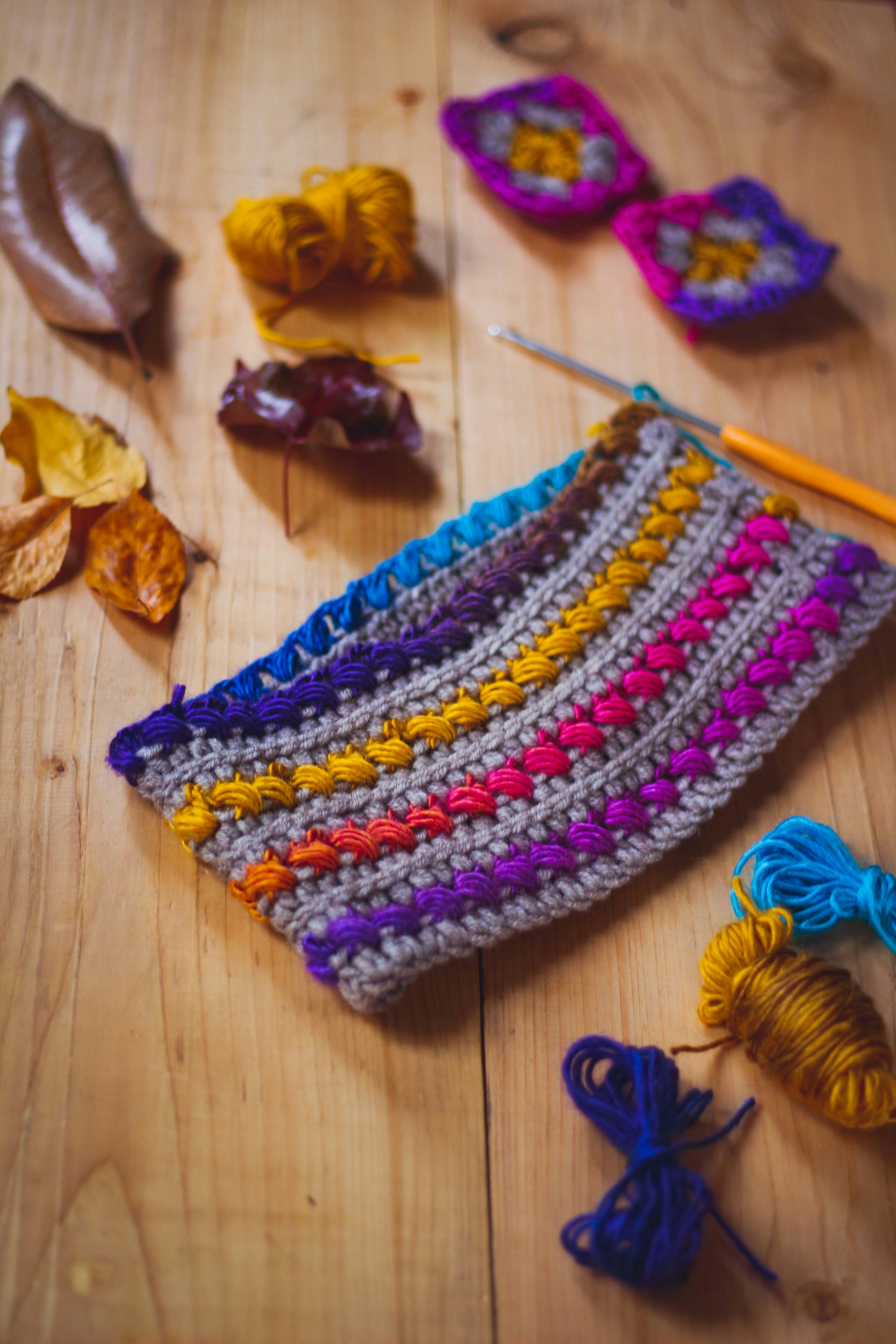
Troubleshooting Common Crochet Problems
Every crafter encounters obstacles, but most crochet problems have straightforward solutions.
Fixing uneven crochet edges
Uneven edges are often a result of inconsistent stitch height or missed stitches at the beginning or end of rows. Counting stitches and using markers can help keep your edges straight.
How to repair dropped stitches
Dropped stitches can create gaps or uneven work. The simplest solution is to frog, or unravel, your work back to the mistake and re-crochet correctly. It’s frustrating but a normal part of the crochet process.
Solving tangled yarn issues
Tangled yarn can halt your progress. Invest in a yarn bowl or make a yarn “cake” using a winder to keep your yarn flowing smoothly. Take it slow, and gently work out knots as they appear to avoid damaging the yarn.
Maintaining Consistent Stitches
Consistency is the hallmark of expert crochet work, achieved through practice and mindfulness.
Understanding the importance of stitch consistency
Uniform stitches make for even fabric and sized projects as intended. Consistency affects everything from the fit of a garment to the appearance of a household item.
Tips to keep your tension consistent
Finding a comfortable way to hold your yarn and hook is key. Experiment with different techniques until one feels right. Take breaks to avoid cramping, which can tighten your tension.
Factoring in hand fatigue and crochet speed
Long crochet sessions can lead to hand fatigue, affecting stitch size and tension. Regular breaks, stretches, and ergonomic hooks can help manage fatigue, letting you crochet longer and more comfortably.
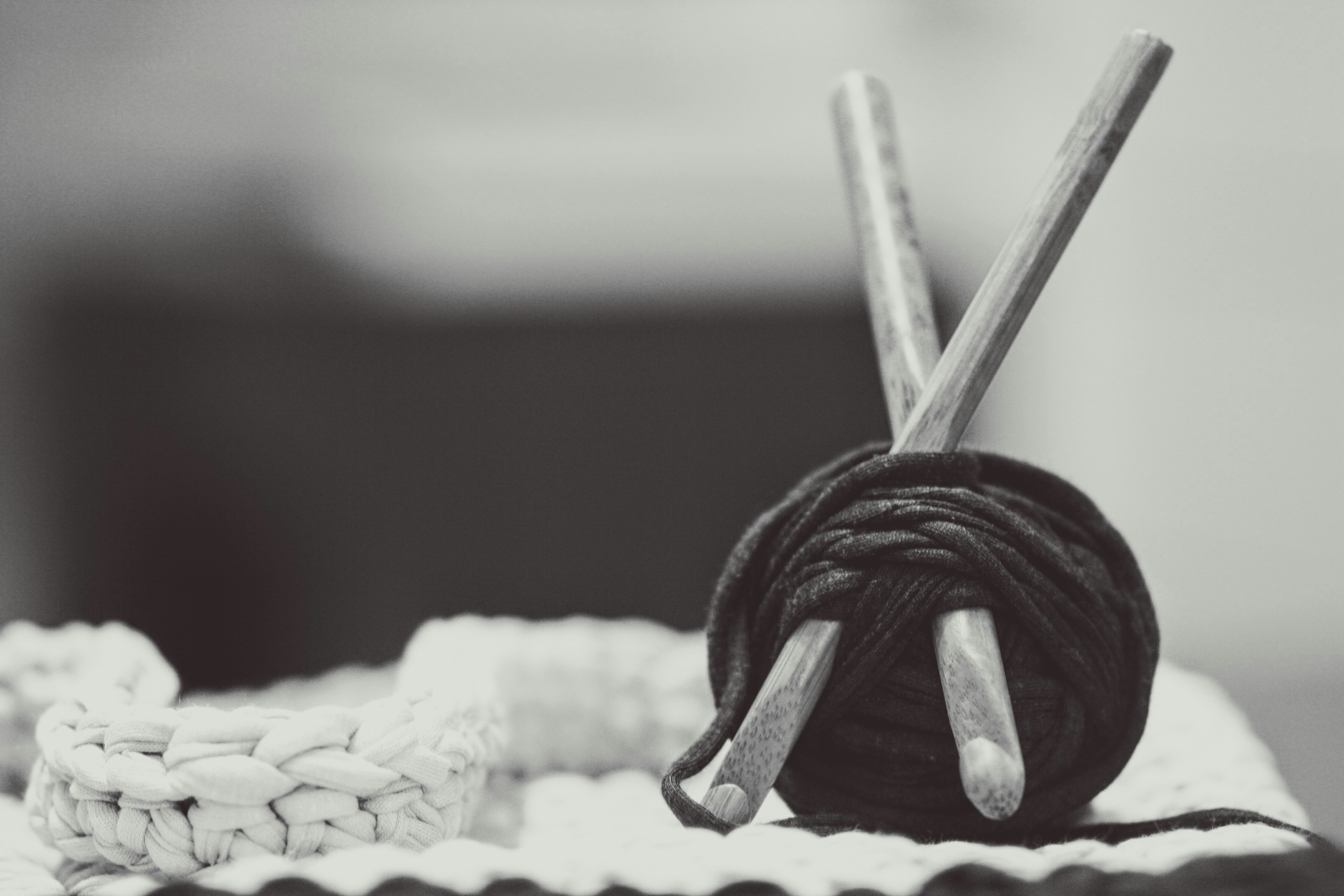
Finishing a Crochet Project
Crossing the finish line with a crochet project is a satisfying moment, but a few final touches are needed for a polished look.
Techniques for fastening off your crochet work
When your project is complete, cutting the yarn and pulling it through the last loop secures your work. A tight knot is not necessary and can make weaving in ends more challenging.
Ways to weave in ends neatly
Weaving in ends is an art. A tapestry needle threads the yarn through stitched areas of similar color, hiding the tail without creating bulk or discomfort in wearable items.
Applying borders for a clean finish
Borders can elevate a project, providing structure, neatness, and style. Even a simple single crochet edge can clean up uneven sides and give your work a professional look.
Start a Regular Crochet Practice
Like any skill, crochet benefits from regular practice.
Setting aside dedicated crochet time
Creating a habit of daily or weekly crochet time can improve your skills faster than sporadic, binge sessions. Even fifteen minutes a day can make a significant difference.
Experimenting with different patterns and stitches
Branch out from your comfort zone to tackle new challenges. Each pattern and stitch teaches you something new, adding to your crochet repertoire.
Joining a crochet group for exchange of ideas
Crochet groups, whether local or online, can be a source of inspiration, help, and camaraderie. Sharing your love of crochet with others can motivate you to try new projects and techniques.
Exploring Advanced Crochet Techniques
Once you’re comfortable with the basics, the world of advanced crochet awaits.
Venturing into amigurumi
Amigurumi, the Japanese art of crocheting small, stuffed yarn creatures, combines precise stitching and creative expression. It’s a delightful way to apply your skills.
Learning the art of fillet crochet
Fillet crochet creates pictures and patterns using open and filled squares, like pixel art made with yarn. It requires a keen eye for detail and can produce stunning results.
Trying out broomstick lace crochet
This technique uses a crochet hook and a thick dowel (traditionally a broomstick) to create large, lacy stitches. It’s a beautiful method for creating shawls, scarves, and other delicate items.
Keeping Your Crochet Creativity Alive
Staying inspired is key to a fulfilling crochet journey.
Following crochet bloggers and influencers for inspiration
The internet is rich with talented crocheters who share their projects, tips, and patterns. Following those who inspire you can spark your imagination and motivate you to tackle new challenges.
Participating in crochet challenges
Many online communities and influencers host crochet challenges, from creating a project a day to tackling a particularly difficult pattern. These can be a fun way to stretch your skills and engage with other crocheters.
Creating your own unique crochet designs
Eventually, you might find yourself modifying patterns or dreaming up your own. Sketching your ideas, experimenting with stitches, and trusting your instincts can lead to original, personalized creations that reflect your unique touch.
Crocheting is more than just a hobby; it’s a craft that allows for endless creativity and growth. By starting with the basics, choosing the right materials, and steadily building your skills, you’ll be well on your way to creating beautiful, handcrafted items. Remember, every stitch is a step on your crochet journey, so enjoy the process as much as the finished projects.

